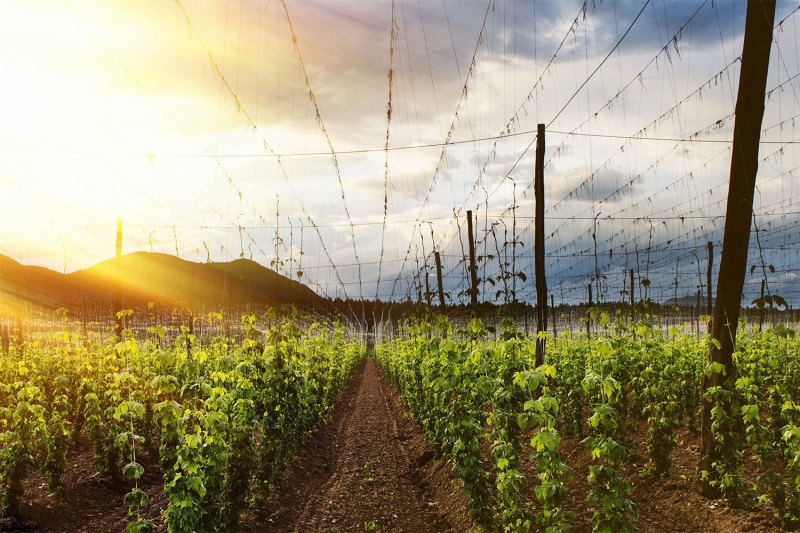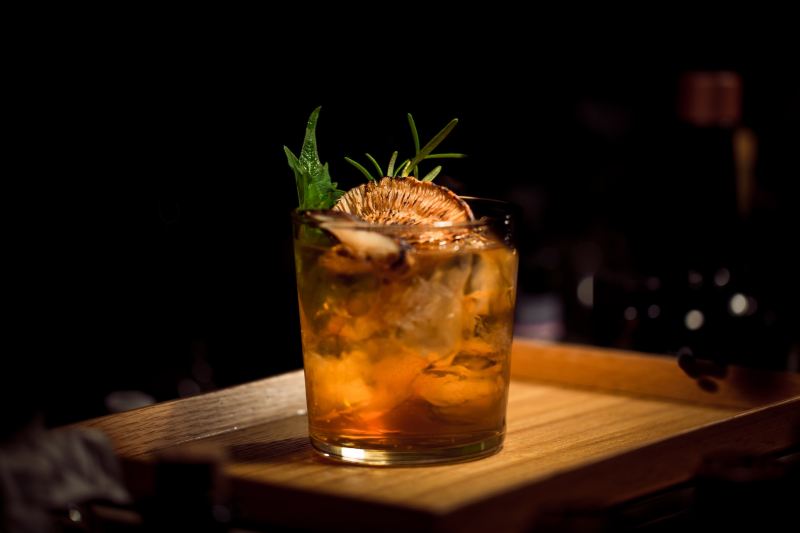
Drink trends change fast. It wasn’t too long ago that we were freaking out about mezcal in place of tequila or tinctures. So, what will 2024 bring to the bar table?
We reached out to a few drinks pros — Submarine Hospitality beverage director Monica Amestoy, Takibi bar manager Liberty Adams, and Due West head bartender Vincent Bolognini — to get some insights. Here’s what to look out for before the ideas turn into trends.
Local and sustainable (still)
“I do think more attention will be given to bars and restaurants that incorporate local ingredients and highlight the cultural surroundings. These establishments that are focused on the environment and sustainability will be more attractive and garner more interest from guests,” says Bolognini.
Amestoy takes advantage of the strained fruit from Tusk’s housemade syrups, infusing them in vinegar to create seasonal shrubs and use them in non-alcoholic cocktails. It’s a zero-waste approach that’s likely to catch on elsewhere. Watch for additional inventive approaches to being genuinely sustainable.
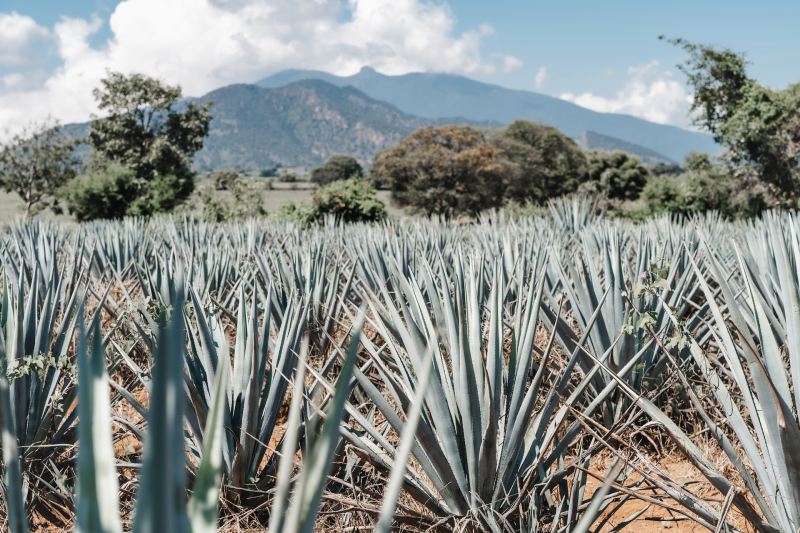
Agave’s continued rise
“As far as liquor goes, tequila has had a meteoric rise, and I don’t really see that changing at all next year. I hope that we will see some interesting spirits that use local farms, but pricing and logistics always seem to be an issue,” says Bolognini. Look out for new entries (at least new to the American market), like Sotol (what is Sotol, you ask?), and agave continuing to show up in shrubs and syrups.

Tea
As Bolognini says, the ubiquitous espresso Martini will give way to something else. That something? Tea. “Non-alcoholic drinks are growing in popularity and are a necessity on any menu. That being said, I do think that there will be a rise in the use of coffee and especially teas, whether it be a traditional black or green tea with leaves, herbs, or spices. They bring a beautiful depth to any drink and a lovely bitter note that makes you want to take another sip,” he says.
Some bars are already at work on great tea cocktails — cold and hot –, and given the teapot and other vessels, it’s also a great excuse to do a big batch of cocktails for groups at the bar or at home.

Dry spritz summer and improved NA recipes
The trend will continue if only to cater to the newest generation of imbibers and/or all those young parents out there looking for a more modest buzz. “Spritzes in the summer have always been an easy go-to drink for most people, and with the rise in popularity for drier cocktails with less ABV, that is here to stay. I hope that spritz menus will highlight local ingredients, whether it be a farm or a distillery,” says Bolognini. And with more domestic producers trying their hand at Amaro, there could be some great options.

Fat washes
“This is a great way to infuse flavor that is also accessible, affordable, and consistent,” says Amestoy of fat washes. She has a couple at her establishments (Ava Gene’s, Cicoria, Tusk) at the moment, including The Architect (sesame-washed whiskey, china china, strawberry consommé, pink peppercorn, spoonful of angostura) and The Contradiction (dirty gin Martini with an olive oil fat wash). We’ve seen what it can do in the bourbon category this year and are excited about what fat-washing will bring to the rest of the bar table in 2024.

Scotch’s comeback
A classic like Scotch is poised for a return to major prominence. Not that it really ever fell from grace, but expect it to be utilized more in mixed drinks. Amestoy sees it as a nice alternative to mezcal for autumnal cocktails. Classics like the Penicillin came to the fore this year. Look for more to emerge next year or for Scotch to take the place of other spirits in other classics. Our collective appreciation for earthy, smoky, and spicy does not seem to be slowing down.

Eastern European liqueurs
These have been bubbling to the surface for a while, about as long as Amari. Watch for more to gain prominence in the near future. Amestoy relies on Becherovka in some of her recipes, a Czech liqueur with anise and cinnamon notes. Perhaps ouzo will have its due moment, or even Schnapps, once the laughingstock of many bartenders but capable of mixing well when dealt with thoughtfully. We’re all for it, as lesser-known liqueurs bring an amazing array of cool aromatics and flavors to the bar shelf.

Age imitation
Adams thinks replicating the aging process could be big, especially in a less-than-perfect economy prone to shortages. “With the cost of wood, there will be a big gain by whoever can come up with a way to imitate wood ‘aging’ flavors,” he says. “Which is something else I’m working on.” We have a feeling the next subject on this list may have something to do with this very subject.
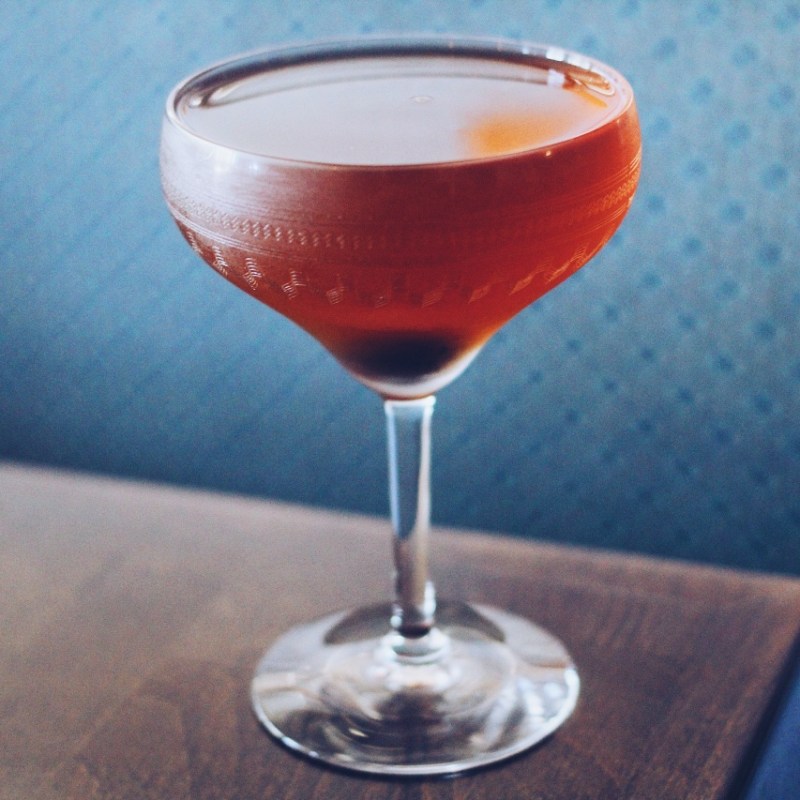
Tech
Can tech make a better drink? There’s a good chance. AI is challenging our work roles in just about every sector these days. Bartenders are already using it to come up with new recipes and to dial in ratios for the ideal balanced cocktail. While there are bots out there turning out drinks in place of humans, we don’t expect that will be the way of the future as much as AI offers to use new permutations in the recipe department and to offer smarter ways to grow ingredients bartenders depend on in a changing climate.

Flip it in reverse
Adams thinks reverse acidity could become a thing and already has plans for a reverse acidity clarified coffee milk punk on the Takibi menu. “I came up with the technique myself,” he says. “The process is intended to be able to be used with cold brew. I take the cold brew cocktail and use vinegar instead of lemon juice to make the clarified milk punch. Then, add in a very small amount of baking soda. The baking soda turns the acidity in the cocktail into carbon dioxide. So what it does is turn the acid into a gas and dissipate it out of the drink. You see it happen instantly. Now you are left with a clarified milk punch with no acidity.”
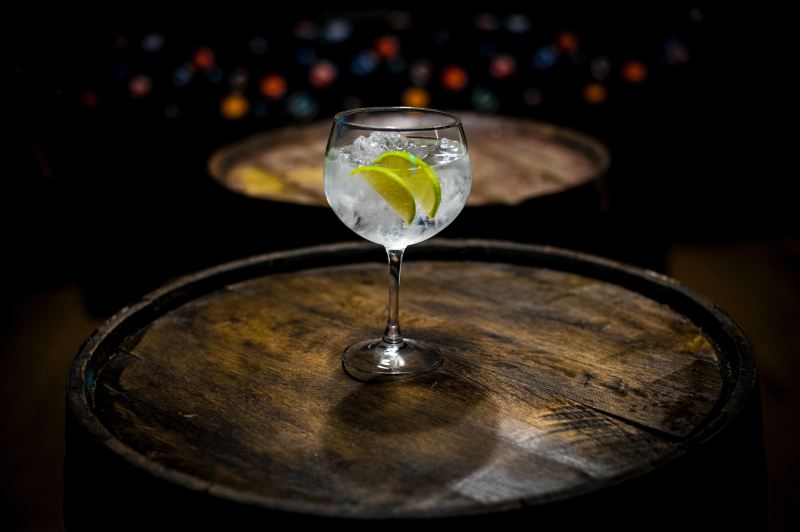
American clean spirits
Look out for the continued success of terroir-focused gin and improvements in categories like vodka. We presume more producers from all over the U.S. will enter the fray, incorporating botanicals and ingredients indigenous to their specific GPS coordinates. With distillers uncovering just about everything these days, we wouldn’t be surprised to see a bit of a moonshine (or un-aged whiskey) renaissance too.

Mood-enhancing cocktails
“I think mood-enhancing cocktails are also in my future experiments,” Adams says. “Which is simply adding terpenes that can be purchased from labs. The effects are instant. Some moods would be uplifting — brain and memory improvement, stress relief, and calming. I started playing with this a year ago.”

New citrus
Citrus will always play a role in cocktails. Yuzu may have run the show in 2023, but we could be in for some new editions in the future. “I think creating a new type of citrus using essential oils and different acids could be something of the future. I want to use this and make a clear cocktail that is a citrus drink,” says Adams.
